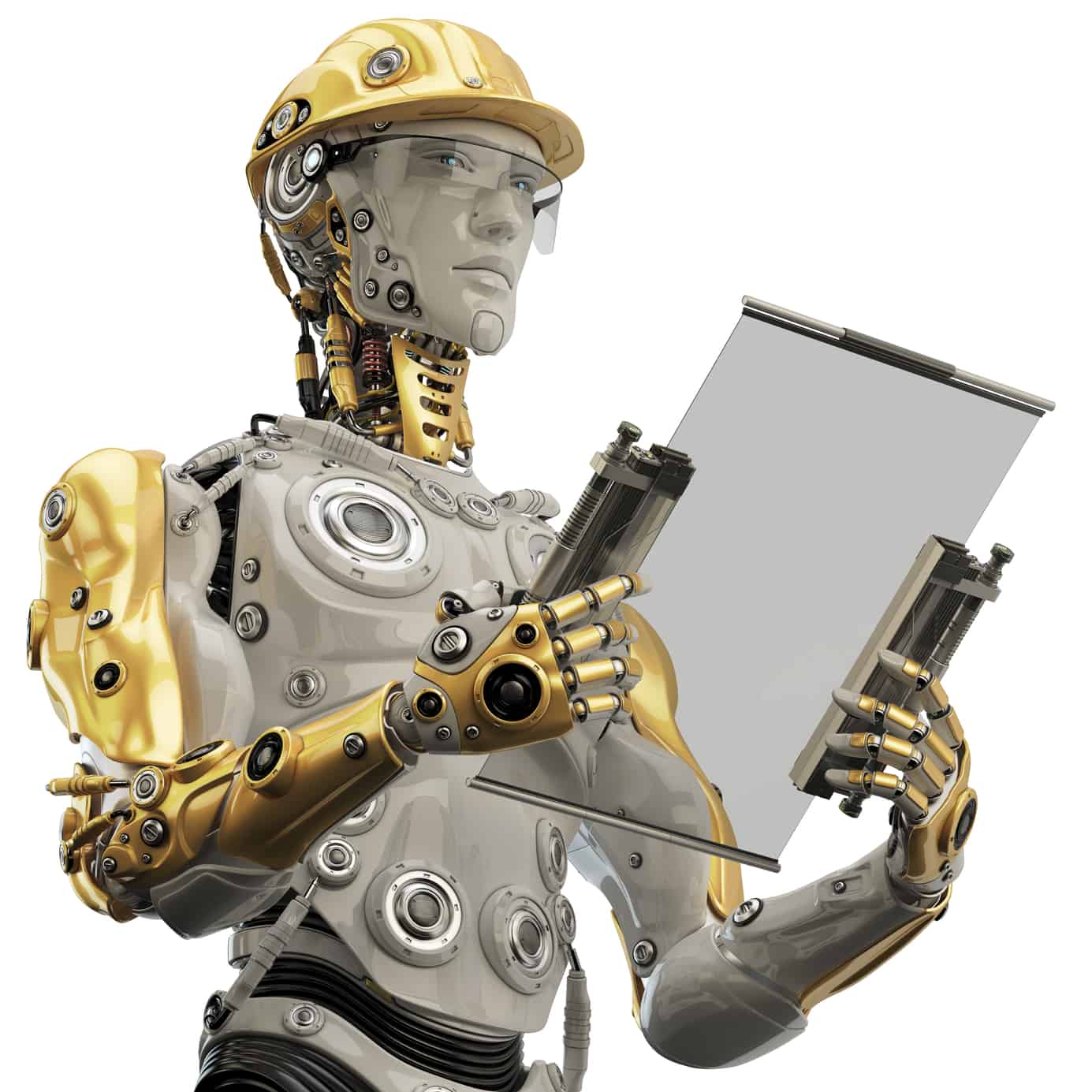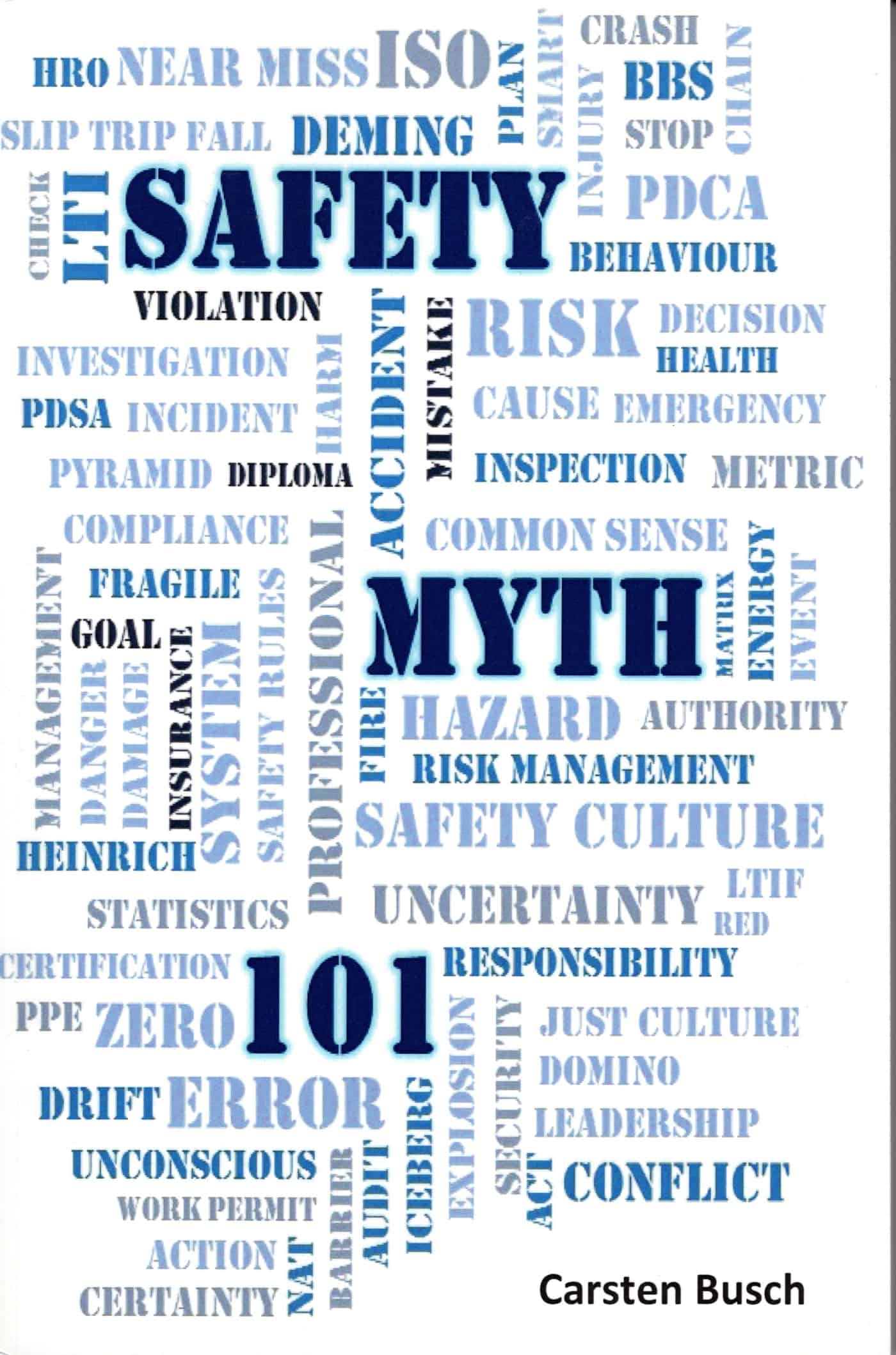Guest post from Col Finnie of fini:ohs :
 This year (2016) I had two 2-month stints teaching OHS and risk management in Sichuan China as a casual employee for a Melbourne-based TAFE. It was quite a learning experience. And I thought to pass on a bit of the stuff I learned for others who might find themselves doing teaching or training in the economic powerhouse that is China. A total of 4 months teaching does not an expert make: so the “musings” here should be treated as intended: random observations from a China “newbie” for other newbies.
This year (2016) I had two 2-month stints teaching OHS and risk management in Sichuan China as a casual employee for a Melbourne-based TAFE. It was quite a learning experience. And I thought to pass on a bit of the stuff I learned for others who might find themselves doing teaching or training in the economic powerhouse that is China. A total of 4 months teaching does not an expert make: so the “musings” here should be treated as intended: random observations from a China “newbie” for other newbies.
Both gigs were at a college in Deyang, a relatively small western region city (4 million pop. or thereabouts). Keep in mind “the vibe” changes a lot depending on size of the city. The capital of Sichuan is Chengdu, 80 km or so south-west of Deyang, and the vibe in that city of 14 and a bit million is significantly different to Deyang. Continue reading “Teaching OHS in China”




